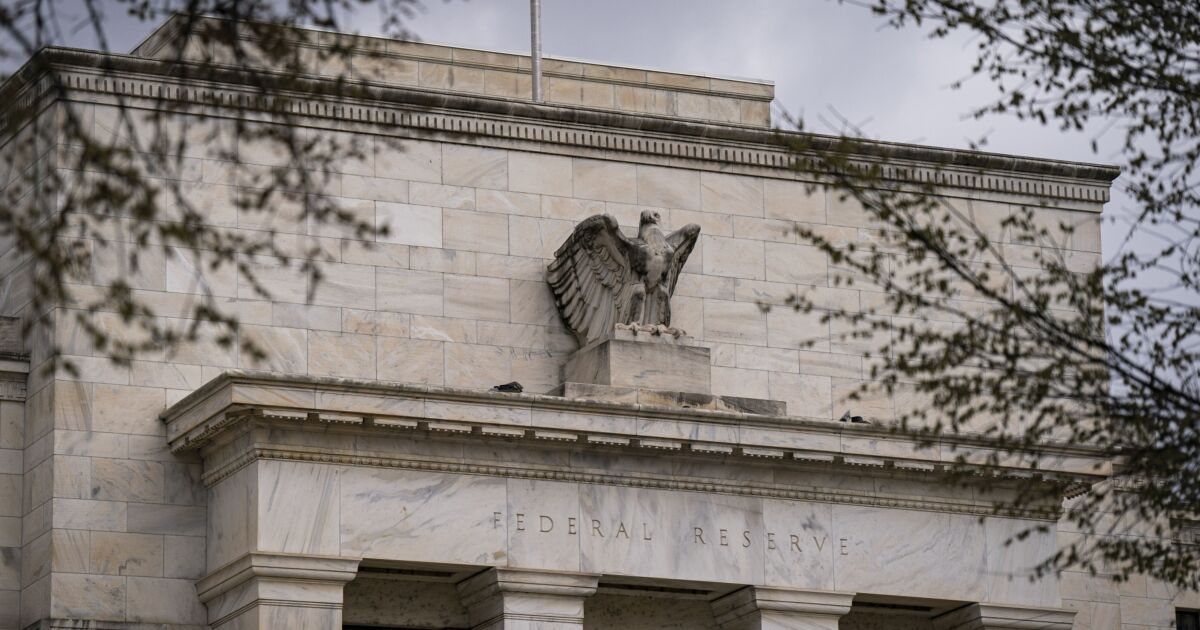Understanding the Reform of the Enhanced Supplementary Leverage Ratio (eSLR)
In June, a proposal for reform to the enhanced Supplementary Leverage Ratio (eSLR) – a post-crisis capital rule – was put forth by U.S. regulators. The eSLR is designed to ensure that banks maintain a minimum level of capital against their total exposures, regardless of the risk involved. The proposed change would replace the current 2% eSLR buffer for Globally Systemically Important Banks (GSIBs), with a sliding scale that would be tied to each bank’s systemic risk score. This effectively reduces the leverage capital required for most GSIBs, especially at the subsidiary level where market-making activities occur. [1]
Implications of the eSLR Reform
The immediate implication of this reform is that it frees up the balance sheet capacity for institutions like JPMorgan, Wells Fargo, and Citi. However, the deeper significance lies in its capacity to restore low-risk, high-velocity activities such as Treasury intermediation, repo financing, and FX swaps. These are not speculative trades but a provision of liquidity that makes markets work [2].
Such activities enable vital financial processes such as price discovery, capital formation, and trade execution. They bring steady, dependable liquidity to the system, making markets more resilient to shocks. Under the current SLR regime, these low-risk activities are indiscriminately penalized alongside high-risk exposures. The proposed reform for eSLR aims to correct this imbalance by aligning capital with function, thereby preserving market-making as a public utility.
eSLR Reform and the Volcker Rule
The eSLR reform aligns with the primary objectives of the Volcker Rule, named after Paul Volcker, who understood that financial crises are not only about solvency but also about liquidity. The Volcker Rule had two pillars: to ban proprietary trading but to preserve market making. Although the first objective was achieved, the second was unintentionally undermined by capital rules like the SLR.
The SLR made no distinction between a Treasury in a matched-book repo and an equity derivative held for directional exposure. Both counted equally against leverage exposure, resulting in penalizing flow desks. The activities Volcker sought to protect – client-driven liquidity provision – became uneconomic. The proposed eSLR reform aims to correct this distortion without reopening the door to speculative risk-taking. It simply reopens the pipes through which liquidity can flow.
The Historical Perspective of eSLR Reform
The proposed reform not only restores the spirit of the Volcker Rule but also reinstates the deep understanding of liquidity in American financial thinking. This understanding dates back to the American Free Banking era (1837 – 1864). In 1858, in Ferry v. Bank of Central New York, the New York Supreme Court acknowledged that during a panic, liquidity vanishes, impairing the ability to meet obligations regardless of the solvency of the institution [3].
Criticisms of the eSLR Reform
Despite the apparent benefits of the eSLR reform, it has its critics who see it as a form of financial repression, a backdoor attempt to push banks into holding more government debt. However, historical data show that GSIBs have consistently held only about 2% to 6% of the total stock of U.S. Treasury securities. This was the case even before the implementation of the SLR in 2014, indicating that SLR is not the binding constraint on the amount of Treasuries that GSIBs hold.
Conclusion: The Urgency of eSLR Reform
The timing of the eSLR proposal is notable as it comes at a time when the liquidity infrastructure will be severely tested. With the rise of stablecoins and the growth of private equity and private credit, the ability to move collateral, cross risk, and make two-way prices under pressure will be crucial. The eSLR reform aims to rebuild this capacity, not by subsidizing risk, but by enabling resilience. It is designed to give the system the balance sheet to meet tomorrow’s redemptions before the pipes burst.
For more information, visit the source link Here.






